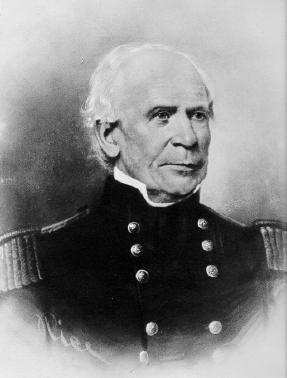By ROCCO MAGLIO
HERNANDO SUN WRITER
An important event that happened nearby but has has been largely forgotten is the “Fort Dade Capitulation.” In March of 1837 General Thomas S. Jesup and the Seminole Chiefs Jumper and Alligator met at Fort Dade and signed the Capitulation. The agreement was to end the fighting associated with the Second Seminole War; with the Seminoles agreeing to be relocated to a tribal area in the Oklahoma Territory.
The capitulation was signed at Fort Dade because of its proximity to the area where the fighting was engaged in as well as being named after Major Francis Dade who was massacred along with over a hundred United States soldiers as they traveled the military road from Fort Brooke (Tampa) to Fort King (Ocala).
The Seminoles accepted money from the government for relocating and were camped near Fort Brooke in Tampa awaiting ships to transport them to Oklahoma. The Indians slipped away from from the camp and found refuge in the wilderness of South Florida.
This event marked the Seminoles moving out of the Cove of the Withlacoochee, which opened up the area for more than the most adventurous of settlers. Before that time many of the settlers came via the Armed Occupation Act of 1842, where they were given land in exchange for living on it and defending it. The settlers were expected to have the ability to fight off Indian attacks. Many of the Hernando County Settlements had a fortified house or church where the settlers could mount a united defense.
The signing of the capitulation was used as justification for arresting Osceola (Billy Powell) and other Seminole leaders when they came in under the flag of truce for peace talks at Fort Peyton. General Hernandez arrested the Seminole leaders on October 22, 1837 under the direction of General Jesup. This capture is often considered a violation of civility, but General Jesup considered the Indians escaped prisoners, since they had signed an agreement stating they would accept being moved to Oklahoma.
Osceola was well liked by many of the officers for his graciousness. He often professed his “friendship towards the Americans.” Osceola was dejected by his capture and is said to have refused sustenance. He died a few months after his arrest on January 30, 1838 in the prison at Fort Moultrie, SC.

